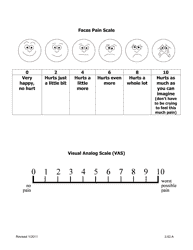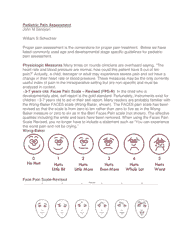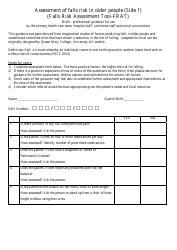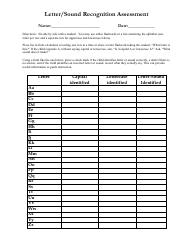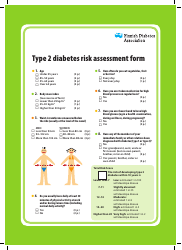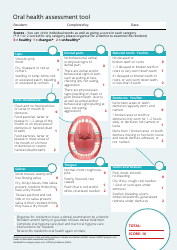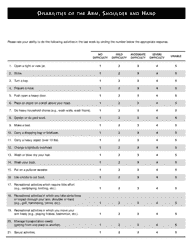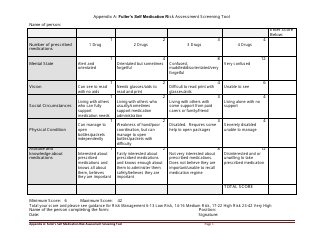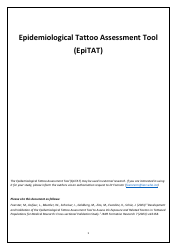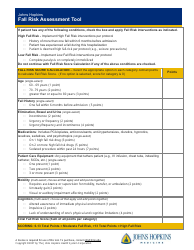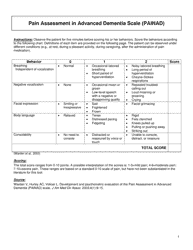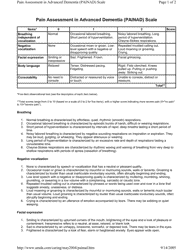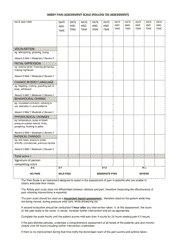Pain Assessment Tool
A Pain Assessment Tool is used for systematically evaluating and documenting a person's pain levels and types of pain experienced. This helps health professionals in accurately evaluating pain sensitivity, chronicity, and pinpointing the exact source of discomfort, thereby aiding in determining proper treatment and medication. It's a crucial component in the healthcare sector across different countries including the USA, Canada, India, and Australia. The tools often involve patients expressing their pain levels on a numerical scale or choosing from descriptions that best fit their sensations. Several types of pain assessment tools exist, including the Visual Analogue Scale (VAS), the Numerical Rating Scale (NRS), and the McGill Pain Questionnaire (MPQ).
The Pain Assessment Tool is generally filed by medical professionals or healthcare providers. It is used to measure a patient's level of pain and determine the effectiveness of pain management strategies. These professionals could consist of doctors, nurses, or other healthcare providers in countries like the USA, Canada, India, and Australia. The information gathered from this tool helps in creating a patient's medical record. It also guides the treatment plan and helps in evaluating the patient's progress over time. It's not specific to any country as pain assessment is a standard process in medical care globally.
FAQ
Q: What is a Pain Assessment Tool?
A: A Pain Assessment Tool is a method used by medical professionals to measure and rate the severity, type, and location of a patient's pain. This may involve using scales, questionnaires, or diagrams to help understand the patient's pain, its intensity and characteristics, such as how it responds to certain activities or changes over time.
Q: What are some common types of Pain Assessment Tools?
A: Common types of Pain Assessment Tools include the Numeric Pain Rating Scale (NPRS), Visual Analogue Scale (VAS), McGill Pain Questionnaire (MPQ), and the Faces Pain Scale-Revised (FPS-R). There are also specific tools like the Neuropathic Pain Scale and the Brief Pain Inventory.
Q: How does the Numeric Pain Rating Scale (NPRS) work?
A: The Numeric Pain Rating Scale (NPRS) is a simple and commonly used Pain Assessment Tool. It asks the patient to rate their pain on a scale from 0 to 10, where 0 is no pain at all and 10 is the worst pain imaginable.
Q: What is the Faces Pain Scale-Revised (FPS-R)?
A: The Faces Pain Scale-Revised (FPS-R) is a visual pain assessment tool for kids. It includes six faces that depict different levels of pain from no pain to severe pain each numbered from 0 to 10. The child can point to the face that best represents their current level of pain.
Q: Why is Pain Assessment important?
A: Pain Assessment is crucial in health care since it enables doctors to diagnose what's causing pain, strategize an effective treatment plan, and monitor the patient's progress. It is also important for understanding how an individual's pain may be impacting their quality of life, including their ability to carry out daily activities.
Q: Is Pain Assessment subjective?
A: Yes, Pain Assessment is subjective as it is based on an individual's personal experience and perception of pain. This is why healthcare professionals use detailed questionnaires and scales to help provide a more reliable and standardized measure of pain.
Q: What factors influence pain?
A: Several elements influence one’s experience of pain, including the individual's physical health, mental state, emotional well-being, cognitive function, and even environmental factors. For instance, stress or anxiety might heighten someone's perception of pain.
Q: How often should pain be reassessed in patients?
A: The frequency of pain reassessment can depend on the patient's condition and the type of pain they're experiencing. Generally, in an acute care setting, reassessment should be conducted every 4 hours or even more frequently for severe pain. In a chronic pain scenario, reassessment may occur during each clinic visit.



